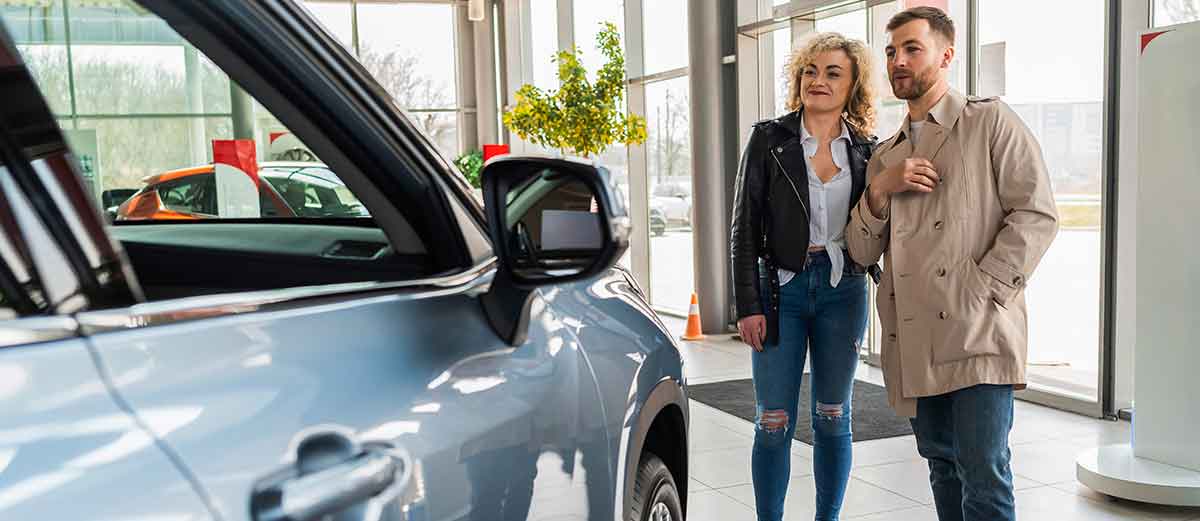The user experience on an automotive dealership’s website is crucial for engaging potential buyers and mirroring the in-person shopping experience. Focusing on ease of navigation, interactive elements, and mobile responsiveness can significantly improve the customer journey. Here’s how these elements can be effectively implemented:
- Intuitive Layout and Design: The website should have a clean, uncluttered design that makes it easy for users to find what they are looking for. Use a logical structure with well-defined sections for new and used cars, financing information, and customer support.
- Clear Categories and Filters: Implement clear and comprehensive categories for car models, years, prices, and other relevant criteria. Advanced filters can help users narrow down their search quickly, based on their specific preferences like body type, mileage, and features.
- Search Functionality: Incorporate a robust search engine within the site that allows users to enter specific queries. Auto-complete suggestions can enhance this feature by predicting user queries based on popular searches and available inventory.
- Breadcrumb Navigation: Use breadcrumb trails on your website. This helps users understand their navigation path and easily return to previously viewed pages.
- 360° Views: Implement 360° view technology to allow users to explore vehicles from every angle. This feature gives a comprehensive view of the car, similar to walking around it in a showroom.
- Color Changers: Introduce an option for users to visualize cars in different colors. This interactivity can be crucial in the decision-making process, as color is a significant factor for many buyers.
- Virtual Test Drives: Offer virtual test drive experiences where users can see the car in motion through video content. This feature helps bring the car to life, providing an immersive experience.
- Configurators: Allow users to customize cars by choosing different trims, features, and accessories. This interactive tool can engage users by enabling them to create their ideal car online.
- Responsive Design: Ensure the website automatically adjusts to fit the screen of any device, be it a smartphone, tablet, or desktop. Text, images, and other elements should be clearly visible and easy to interact with on smaller screens.
- Mobile-Friendly Features: Incorporate features specifically for mobile users, like touch-friendly navigation, easy-to-use forms, and quick-loading pages.
- Speed Optimization: Optimize for fast loading times on mobile devices. Mobile users often have less patience for slow-loading pages, so ensuring speed can significantly improve the user experience.
- Mobile-First Content: Create content with a mobile-first approach. This means prioritizing the information and features that mobile users are most likely to engage with.
By focusing on these key areas – ease of navigation, interactive elements, and mobile responsiveness – an automotive dealership’s website can offer an engaging and user-friendly experience that closely mimics the in-person shopping experience. Such enhancements not only aid in attracting potential customers but also significantly contribute to customer satisfaction and retention, ultimately driving sales and brand loyalty.
